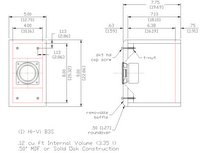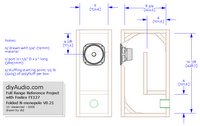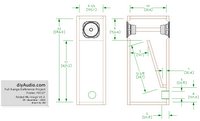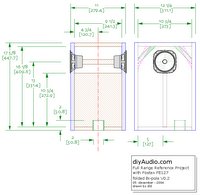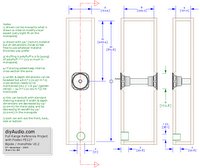Taking the Plunge Into Computer Audio
I've never been a fan of MP3's. Maybe I haven't given them a fair listen. I don't like headphones, so iPods don't do it for me. Listening to MP3's using my computer's speakers didn't do it for me either. While maybe not fair, I've decided I don't really like MP3's and have never been interested in playing music from my computer. Until...
While lurking on the Bottlehead Forum the other day, someone requested Doc B to consider a USB input for his upcoming tube DAC. This was followed up by someone seconding the idea and including a link to the Chime DAC by Hagerman Technology. While looking at the Chime DAC, I noticed the HagUSB.
"The HagUsb connects to your computer via a USB cable and configures as an audio output device. The primary purpose is to create a high quality S/PDIF digital audio output signal that can connect to your existing DAC."
How cool, I have a DAC! While not the best DAC in the world, it was a great buy and sounds really nice using my Sony DVP-7700 as a transport. Connected to my Foreplay III and Paramours... I constantly have people remarking on how good the stereo in my office sounds.
Anyway, I've ordered the HagUSB half kit and parts but one of the parts is back-ordered through April 14. In the mean time, I'm going to research how to copy my CD's to disk while maintaining sound quality. iTunes, Foobar2000, Multi-Plugin, ASIO Plugin and the EAC (with Accuraterip) ripper sound like a good start.
References:
Empirical Audio
Worhip The Glitch
The Complete Guide to Foobar2000
